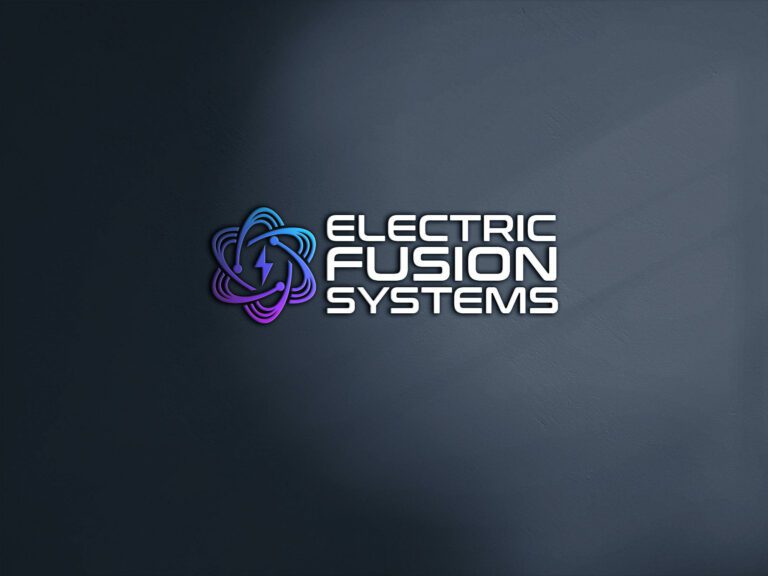Abstract: In this study we report on the analysis of isothermal spectra of NH3 and ND3 solutions in liquid xenon at 203 K using newly developed and validated least-squares approaches to investigate the its self-associating behavior. For both species we observe clear dimer bands in the spectral area of the ν1+ν4, ν3+ν4 and ν1+ν2, ν3+ν2 combination bands. The analysis of the N−D stretching area, allows us to characterize clear contributions of dimers and trimers. The analysis of the N-H stretching area is hampered by the occurrence of a time dependent band due to solid water traces during the experiments. For NH3 we also performed an investigation of the N-H bending region, ν2, which demonstrated a small dimer absorption band. These obtained results compare well with literature data.
Introducing EFS’s Fusion Energy AI Ambassador
BROOMFIELD, Colo., September 21, 2023 (Newswire.com) – Electric Fusion Systems (EFS) acknowledges the challenges faced in conveying the intricacies of our novel fusion approach to

